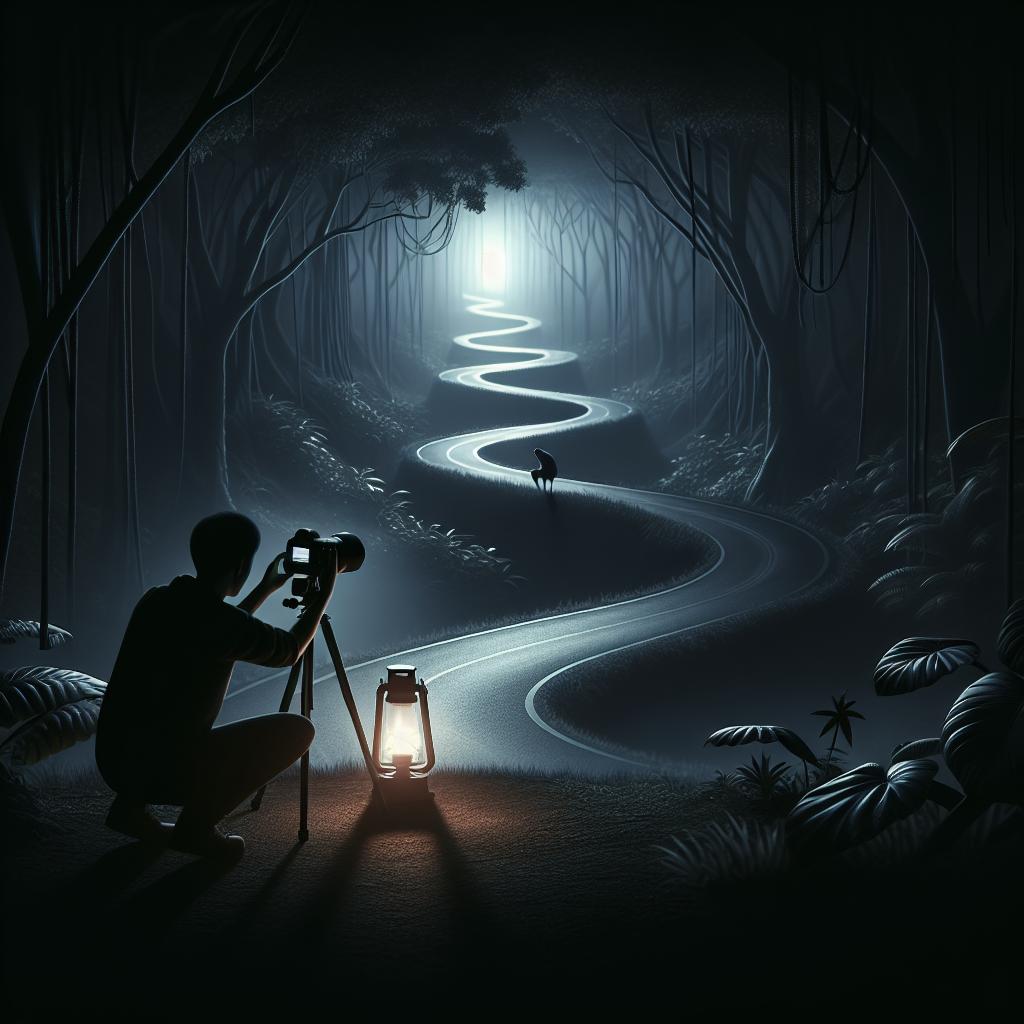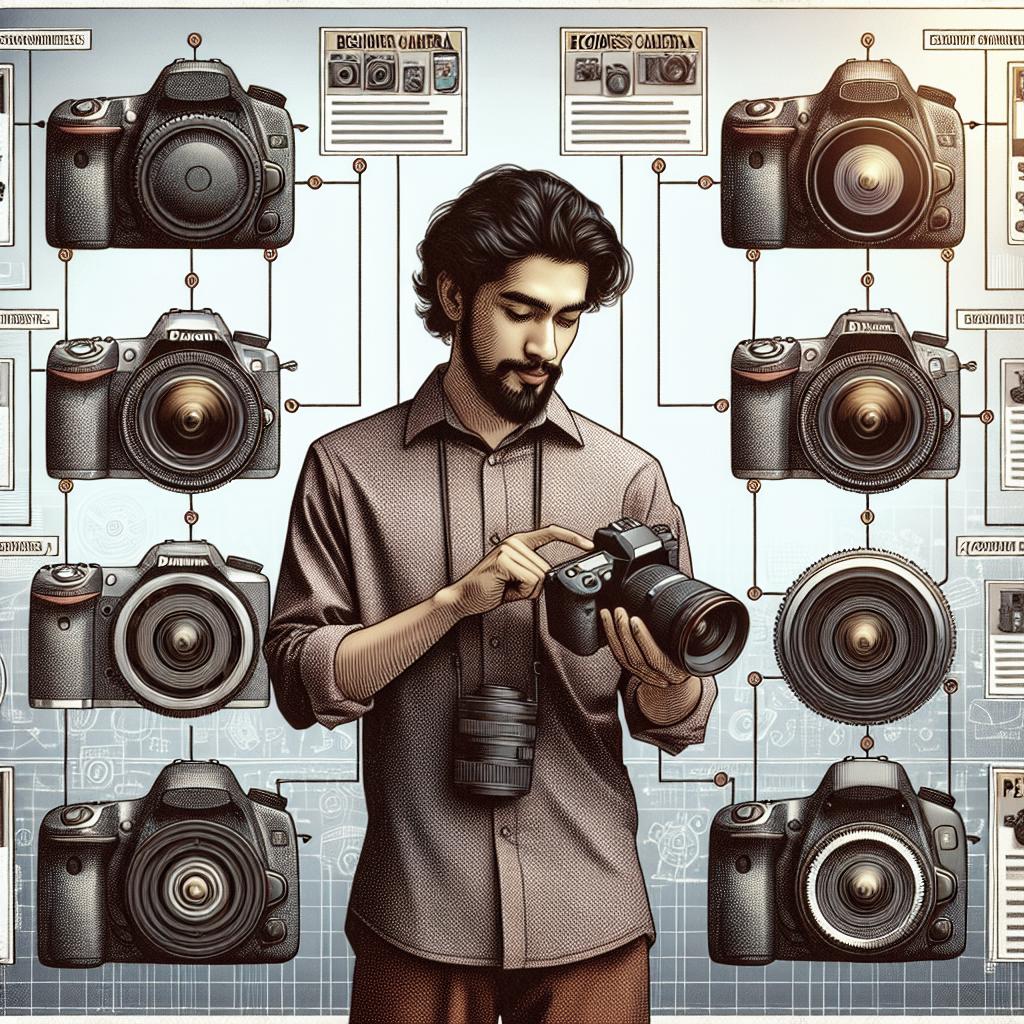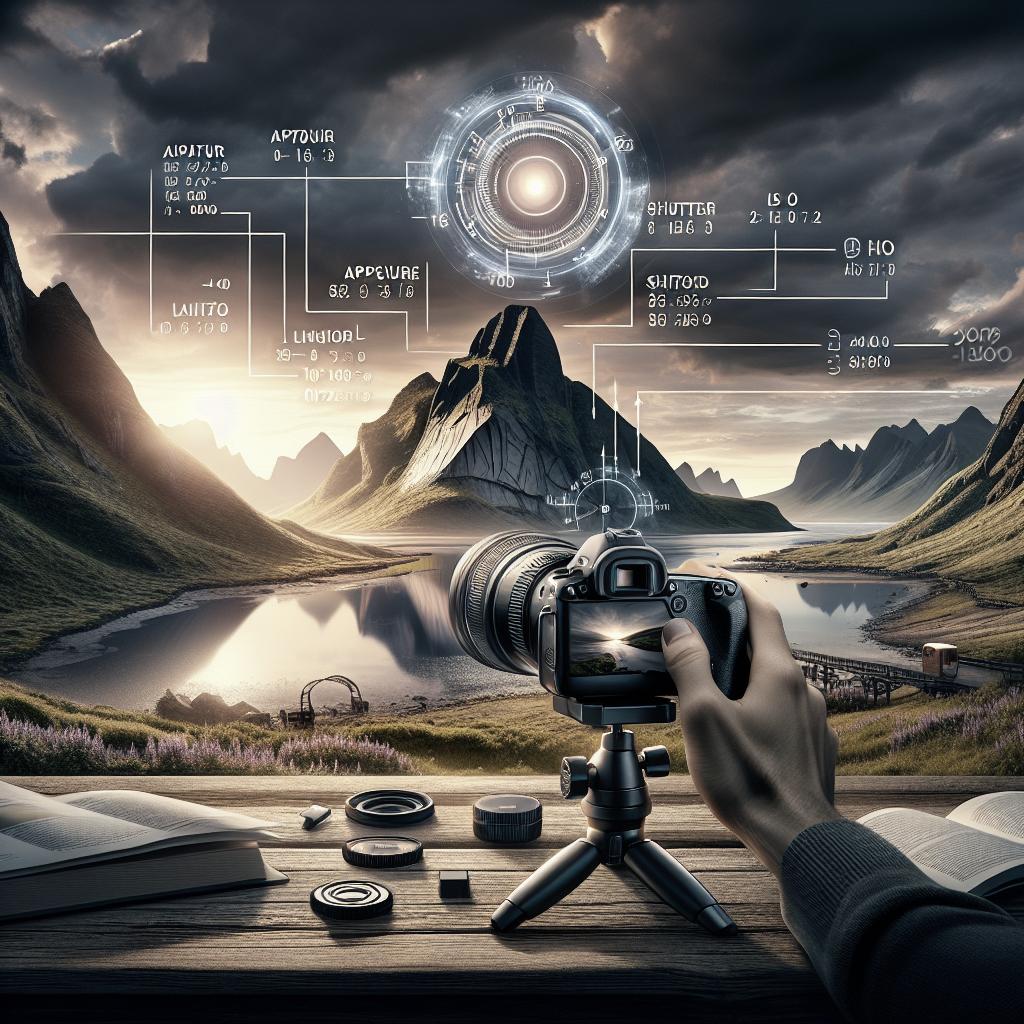“`html
How to Photograph in Low Light Conditions
Photography in low light can be a challenging yet rewarding pursuit. Whether capturing the ethereal beauty of a cityscape at night or the subtle charm of a candlelit dinner, understanding how to optimize your camera settings and techniques is key. This comprehensive guide delves into the intricacies of photographing in low light conditions, offering insights into different levels of low light, the use of artificial light, and additional strategies to enhance your photographs. With the right tips and a bit of practice, you’ll be able to take stunning images that capture the mood and ambiance of dark environments. Read on to discover how you can improve your low-light photography.
Are you struggling to take clear photos in dark environments? This guide will answer all your questions!
Capturing clear and vivid photographs in low light situations can be mystifying, even for seasoned photographers. It’s common to end up with blurry, noisy, or underexposed images that don’t do justice to the scene you intended to capture. The core of low-light photography lies in harnessing the power of your equipment and understanding the environment. This guide aims to provide you with the necessary tools and knowledge to overcome these challenges.
From selecting suitable camera settings to utilizing external light sources, each step can significantly impact the quality of your low light photography. By comprehensively addressing these elements, you can learn how to make the most of low-light scenarios, yielding impressive and clear results that highlight your photographic talent.
The Two Levels of Low Light
1. Normal Low-Light Conditions
Normal low-light conditions occur in environments like early evenings or shaded areas. These conditions allow you to leverage available ambient light to your advantage. When shooting in such settings, it’s essential to adjust your camera’s ISO settings. Increasing the ISO can help you capture more light, thus, preventing underexposed images. However, be cautious not to increase it too much, as this can introduce noise or graininess into your image.
Another valuable tool is your camera’s aperture. A wide aperture (low f-stop number) allows more light to hit the camera sensor, creating brighter images. When combined with a suitable ISO and a slower shutter speed, this technique enhances the photograph’s exposure, leading to sharp and vibrant results even in low-light scenarios.
2. Very Dark Conditions
Very dark conditions, such as nighttime or poorly lit indoor spaces, pose even more of a challenge. In such environments, relying solely on ambient light might not be sufficient. Slow shutter speeds become critical for letting in the maximum amount of light. However, this comes with the risk of motion blur, making a stable tripod an indispensable companion to your camera setup.
For very dark settings, you might also consider using external lighting sources or experimenting with techniques like light painting. Flash photography can be tricky, but diffusers and bounce methods can mitigate harsh shadows and overexposure issues. Successfully navigating very dark conditions involves a creative approach to light management, ensuring clear and compelling images without compromising the photograph’s ambiance.
Artificial Light
Artificial lighting can be the saving grace for low-light photography. It offers the flexibility to shape and control the light in scenes where natural light is inadequate. Continuous lights, such as LED panels, are excellent for illuminating subjects without the harshness of a flash. You can manipulate the direction, intensity, and distance to achieve the desired effect, providing a professional touch to your photos.
Another option is using on-camera or external flashes with modifiers like softboxes or umbrellas. These tools soften the flash’s intensity, resulting in evenly lit subjects. Experimenting with flash compensation settings allows you to fine-tune the light’s output, ensuring it complements your scene without overpowering it. With experimentation and practice, incorporating artificial light into your toolkit expands the potential for creativity, leading to distinctive and striking images.
Other Low-Light Photography Tips
Beyond camera settings and lighting gear, numerous techniques can enhance your low-light photography. Utilizing a remote shutter release is a simple yet effective way to prevent camera shake during long exposures, ensuring crisp and clear images. Another opportunity lies in exploring black and white photography. Without the distraction of color, viewers can focus on composition, contrast, and texture, lending a timeless quality to your work.
Furthermore, always shoot in RAW format. This choice retains all the image data, giving you greater flexibility during post-processing. Editing software allows you to adjust exposure, contrast, and noise levels with precision, recovering details that would otherwise be lost in JPEG formats. Coupled with good composition and creative vision, these techniques ensure that your low-light photography stands out.
Future Prospects: Practice, Practice, and Practice!
Mastering low-light photography is a journey that requires dedication and experimentation. By understanding the nuances of different lighting conditions and creatively utilizing artificial light, you can greatly enhance your photographic prowess. The most effective way to become proficient is through relentless practice. Explore various low-light environments, try different settings, and learn from each session. With every click of the shutter, you hone your skills, bringing you one step closer to becoming adept at capturing stunning low-light images.
| Section | Content Summary |
|---|---|
| Intro | An overview of the challenges and strategies for low-light photography. |
| Are you struggling to take clear photos in dark environments? | Explanation of the problems faced and promise of solutions through the guide. |
| Normal Low-Light Conditions | Tips on ISO, aperture, and shutter speed for environments with some ambient light. |
| Very Dark Conditions | Strategies for extremely low-light scenarios, including use of tripods and light painting. |
| Artificial Light | Use of LED lights and flash modifiers to manage and enhance lighting. |
| Other Low-Light Photography Tips | Practical tips on using remote shutters, shooting in RAW, and experimenting with B&W photos. |
| Future Prospects | Emphasis on the importance of practice and exploration in mastering low-light photography. |
Related Articles
If you’re eager to explore more photography tips, consider delving into our related articles covering topics such as:
– Mastering Portrait Photography.
– Landscape Photography Techniques.
– Post-Processing Tips for Stunning Images.
“`


